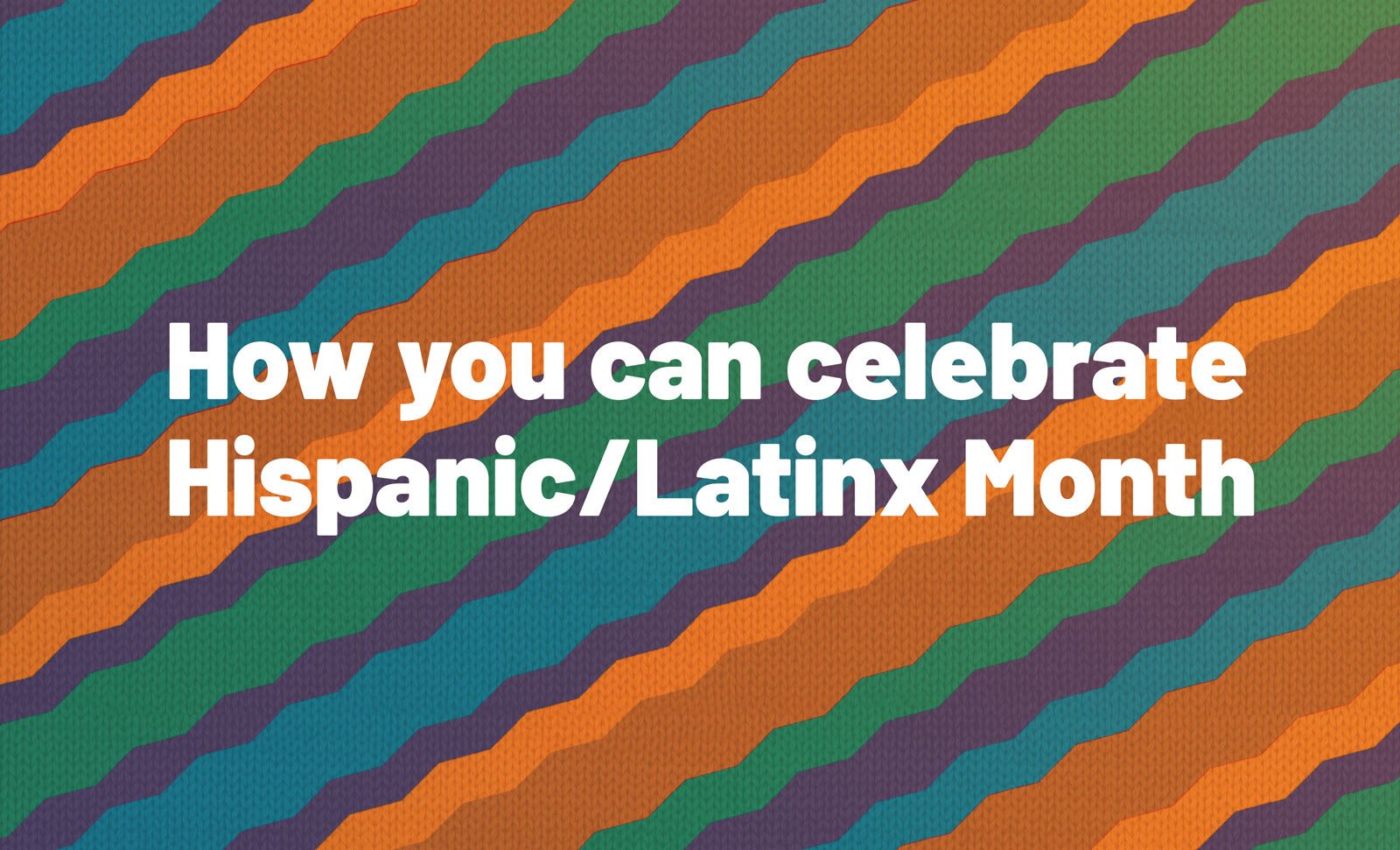Written By Anu Gupta
How you can celebrate Hispanic/Latinx Month
Here are a few ways I believe you can honor Hispanic/Latinx Americans who have helped us fulfill the promise of the United States of America.

This month, I’m thinking about the contributions of Hispanic and Latinx individuals and communities to the fabric of our nation. Hispanic/Latinx Heritage Month is celebrated each year from September 15 to October 15, a time to honor folks holding these identities, the richness of their different cultures, and the many Hispanic and Latinx people who have helped us fulfill the promise of the United States of America.
Nationwide recognition of Latinx heritage dates back to 1968 when President Lyndon B. Johnson designated the week of September 15 to be “National Hispanic Heritage Week.” The timing of this observance coincides with the independence days of Latin American countries including Guatemala, Honduras, El Salvador, Nicaragua, and Costa Rica.
The population of Hispanic and Latinx residents in the United States has grown significantly in the past decade, up to 62.1 million in 2020 from 50.5 million in 2010.
This means that 1 in 5 Americans hail from the cultures, ethnicities, and nationalities we call Hispanic or Latinx.
It is also important to note that more than ever before, Hispanic and Latinx folks now identify as multiracial. Given the history of Spanish and Portuguese colonization of the region, it’s beautiful to witness these Americans acknowledging and celebrating not only their European, but also their Indigenous, African, and Asian roots. For me, Hispanic/Latinx Americans are paving the way to show all of us what it is to be living in a more racially blended country than ever.
With that said, despite this population growth, anti-Hispanic and Latinx bias has only intensified. It’s no secret that many of our leaders have resorted to violent anti-Latinx rhetoric, using slurs and tropes too harmful to repeat here. In a 2019 survey by the Pew Research Center,
38% of Hispanic and Latinx respondents said they had experienced discrimination, “such as being criticized for speaking Spanish in public or being told to go back to their home country.”
While not all Hispanic and Latinx people are immigrants and vice versa, these communities often bear the brunt of the vitriolic anti-immigrant rhetoric used by many people who still harbor outdated, race-based prejudices.
It doesn’t have to be this way. I believe — as I’m sure you do too — that our country and our world are made stronger by our diversity. That includes people who speak different languages, hold different cultural traditions, and look physically different. Activists like Cesar Chavez, Gloria Anzaldúa, Sylvia Rivera, Berta Cáceres, Lizzie Velásquez, Dolores Huerta, America Ferrera, Christina Jiménez and so many more made monumental impacts in our country for labor rights, feminism, queer and trans rights, disability rights, and other avenues of justice that ultimately led to a stronger country for all of us. And millions more people whose names we may not know deserve just as much of an opportunity to pursue their own happiness, support their families, and create the life they want. Bias and discrimination only hold us back from the possibility of a stronger, more beautifully diverse country for all of us.
So, how can a non-Hispanic or Latinx person show their allyship during this month — and all year long?
Vocal support is of critical importance, especially when bigotry is running rampant.
When you see bias or discrimination happening, say something. Beyond that, infuse your life with examples of Latinx and Hispanic excellence — books, movies, television, articles, and other media that exemplify Latinx and Hispanic cultures and contributions.
Learn about more than hardships and trauma; take in stories of Hispanic and Latinx triumphs, families, friends, success stories, and joy. No matter where you are on your journey of breaking bias, there is always more learning to do. This list by Penguin Random House is a good place to start.
One more thing: There is also debate about what language to use in order to recognize folks from Hispanic and Latinx communities.
Some find the term “Hispanic” problematic because of its ties to colonizers from Spain, and because it excludes non-Spanish speaking countries, like Brazil.
The term “Latinx” is a gender-neutral alternative to “Latino” and “Latina,” though it is not universally used. Still others prefer “Latine,” another gender-neutral word that uses the more linguistically accessible “e” sound rather than ending a word in “x.” And some may prefer to be identified based on their country or region of origin, rather than be grouped with a larger community. All of these preferences are valid. I believe that in making these distinctions, these Americans are disrupting our nation’s tendency to box one another in a neatly designed racial caste system. So, allies, remember to check with someone before using one of these labels to describe them. It’s always better to ask than to make an assumption and cause harm.
This Hispanic/Latinx Heritage Month, it is all of our responsibility to make our country a safer, more inclusive, and more just place for our Hispanic and Latinx sisters, brothers and siblings.
Join me this month in broadening your horizons, learning about cultures you may not have known about, and taking steps toward creating a world where we truly belong everywhere.
